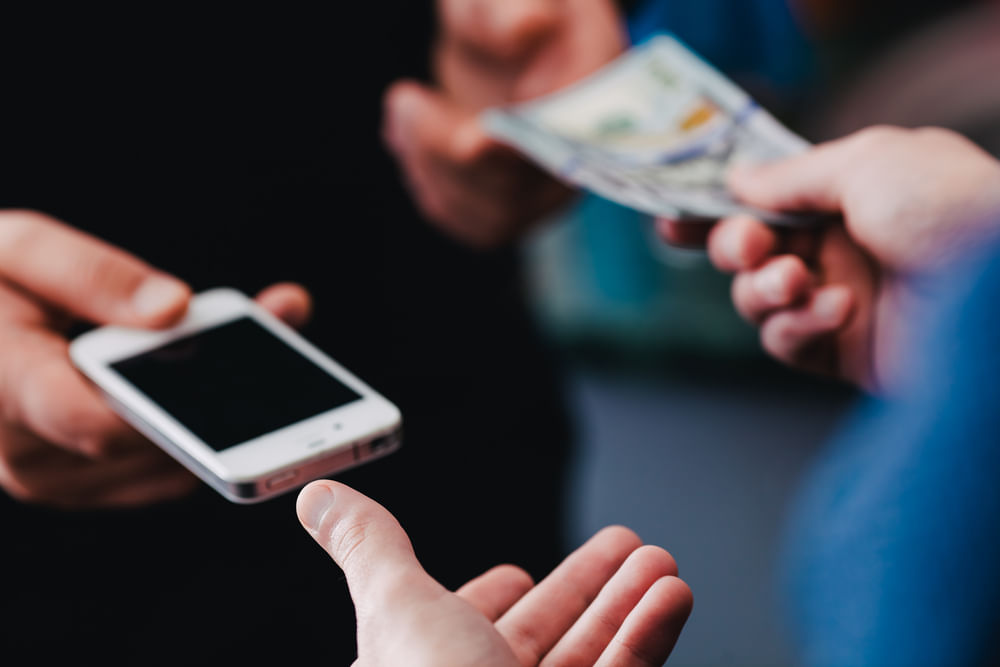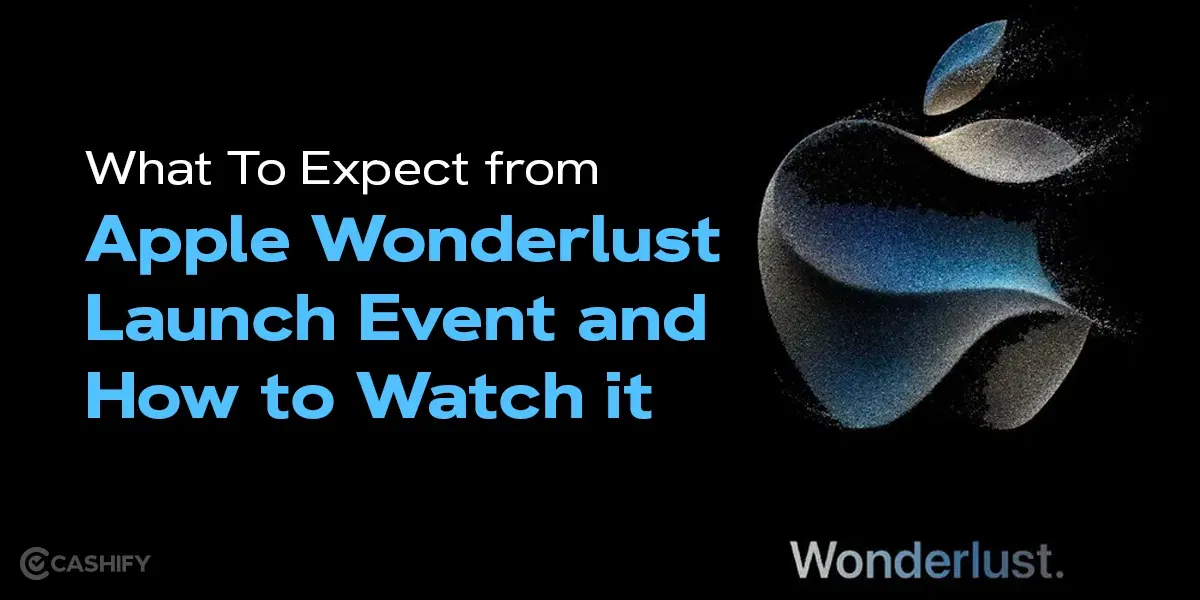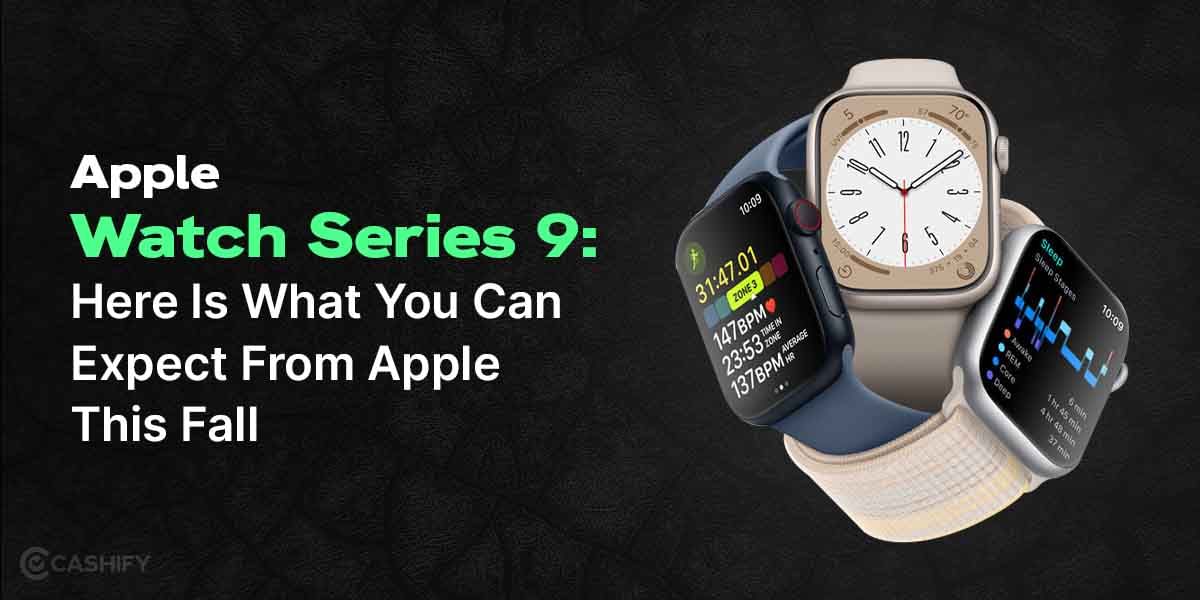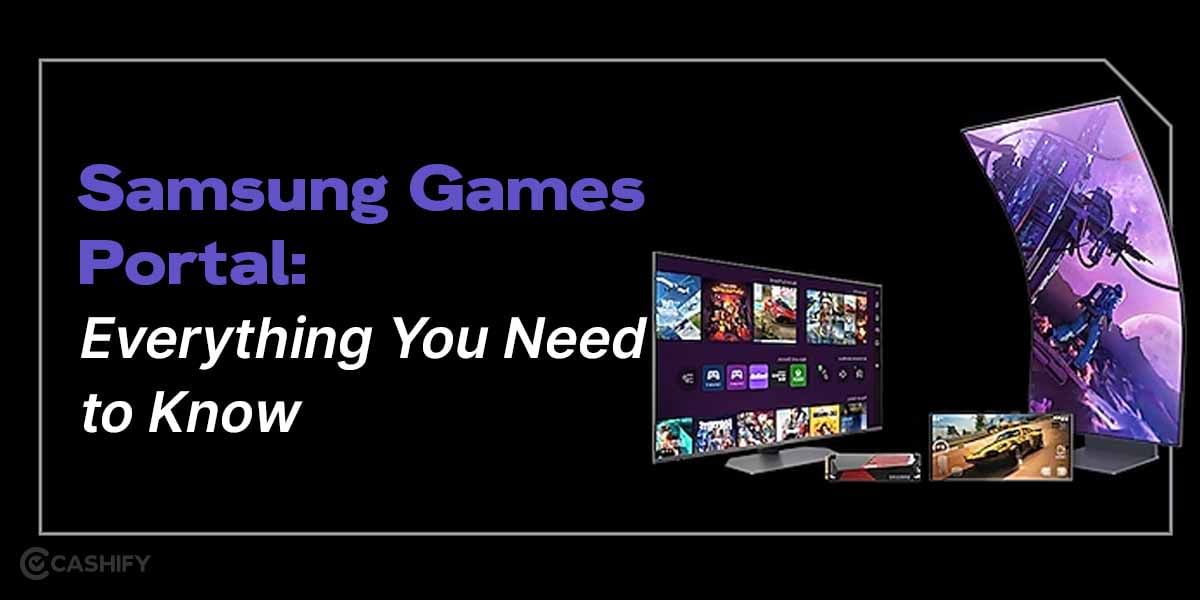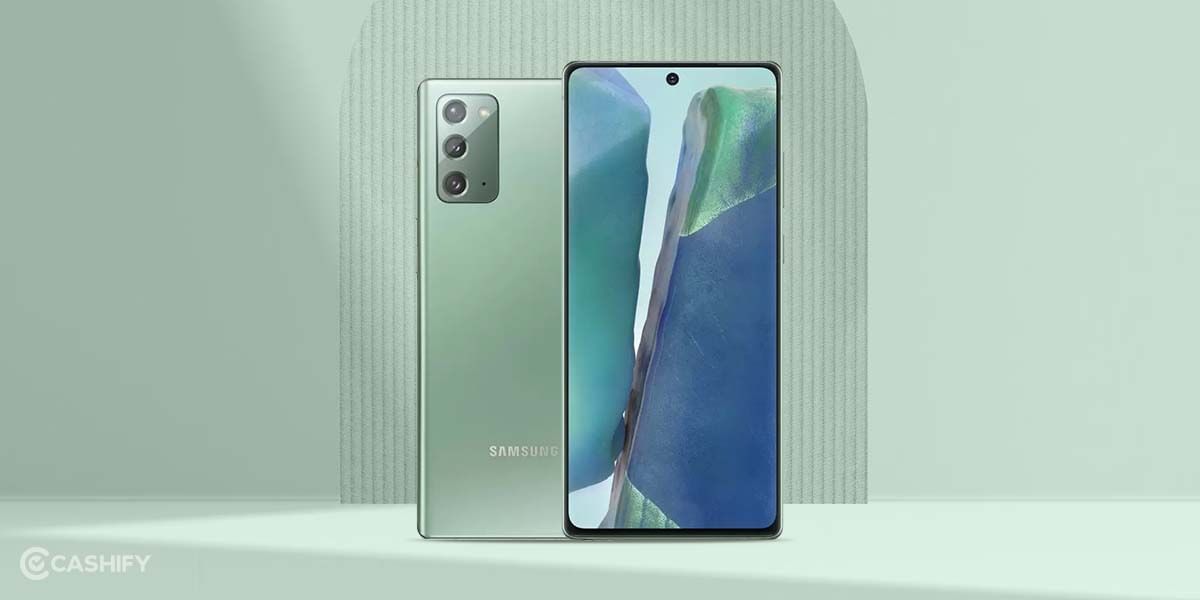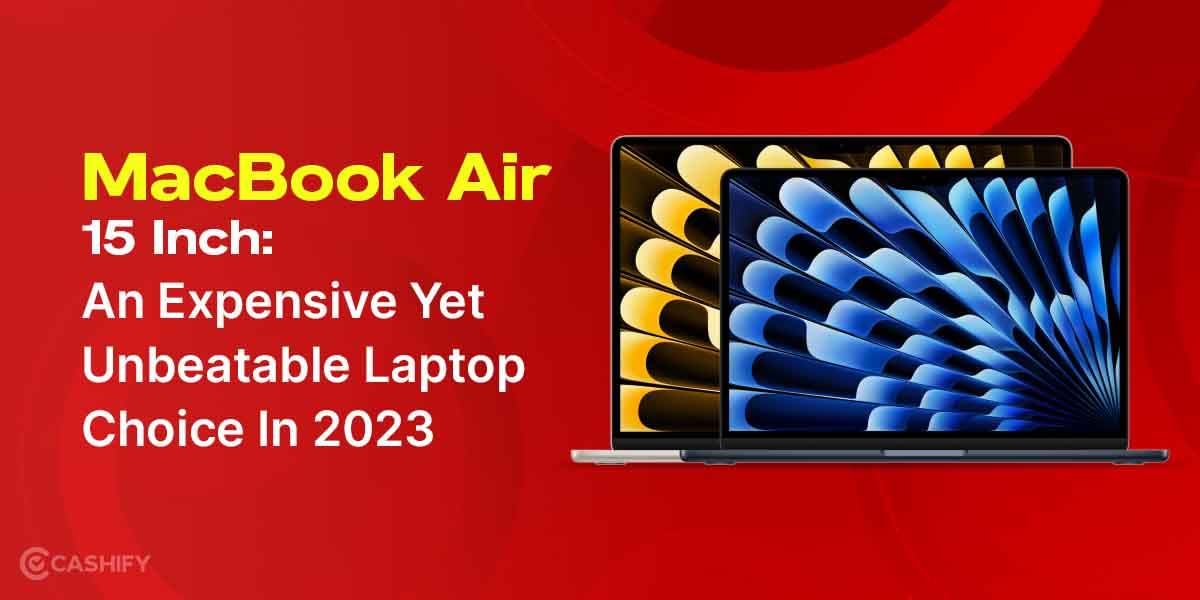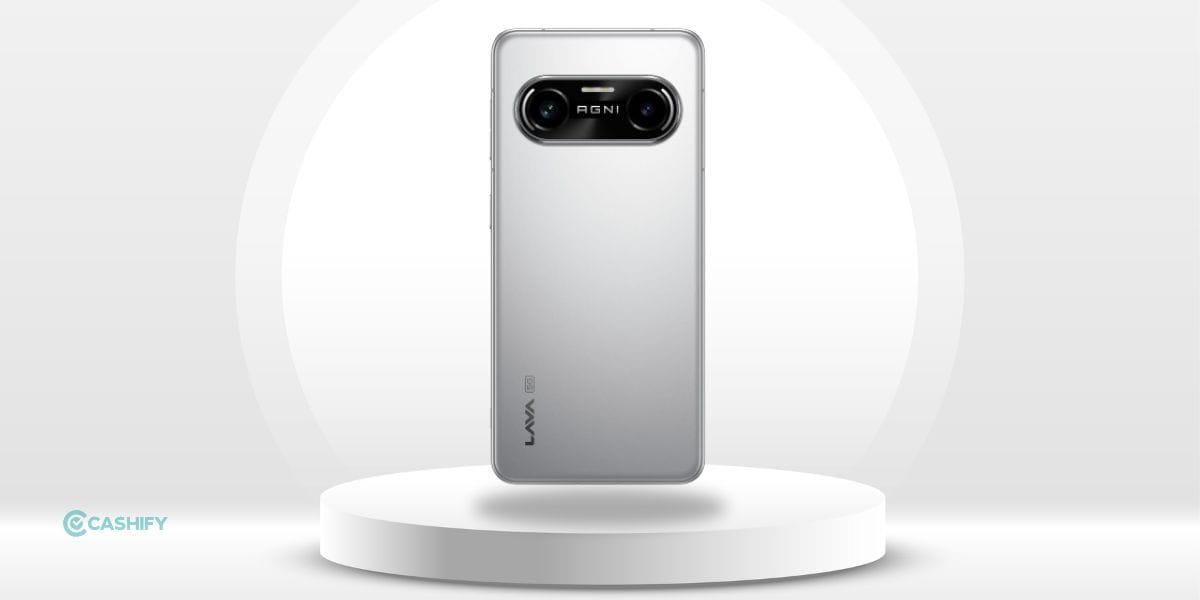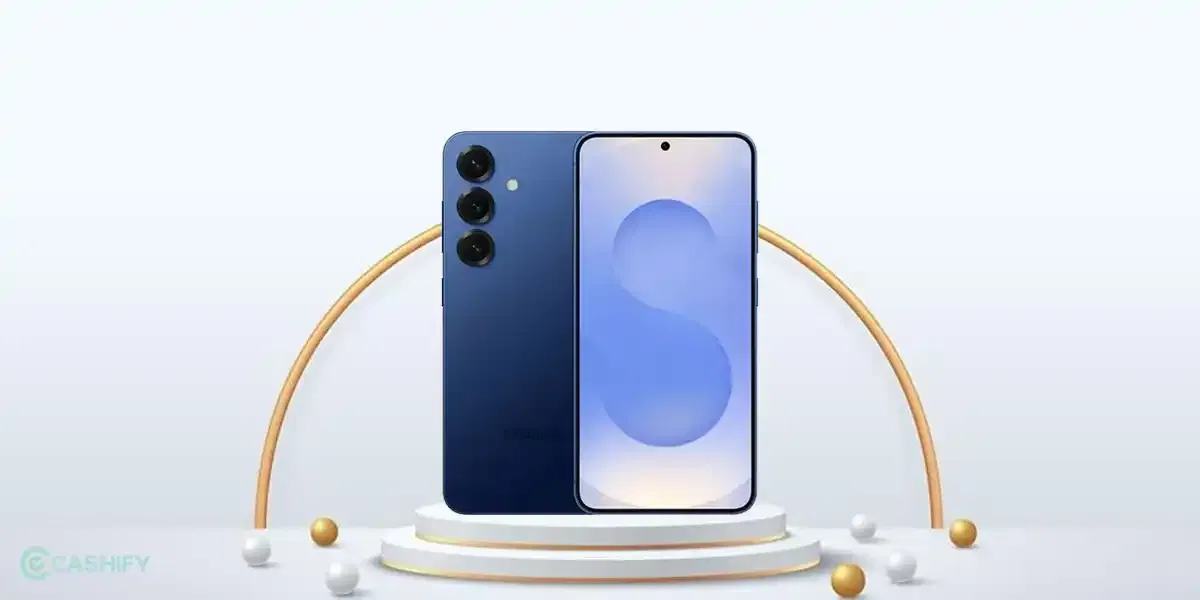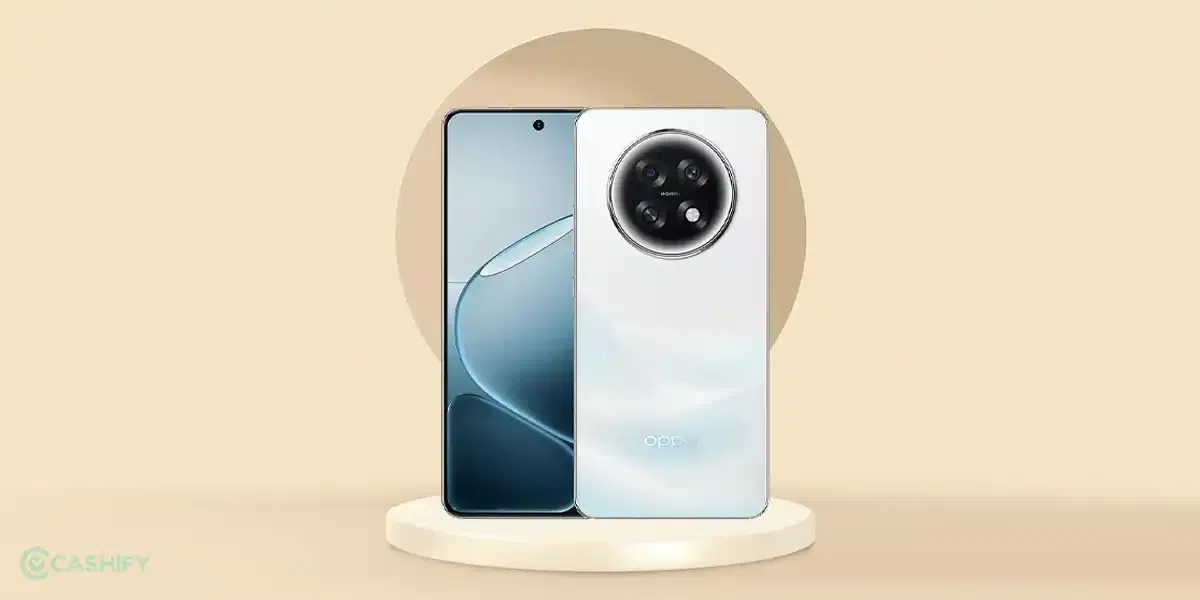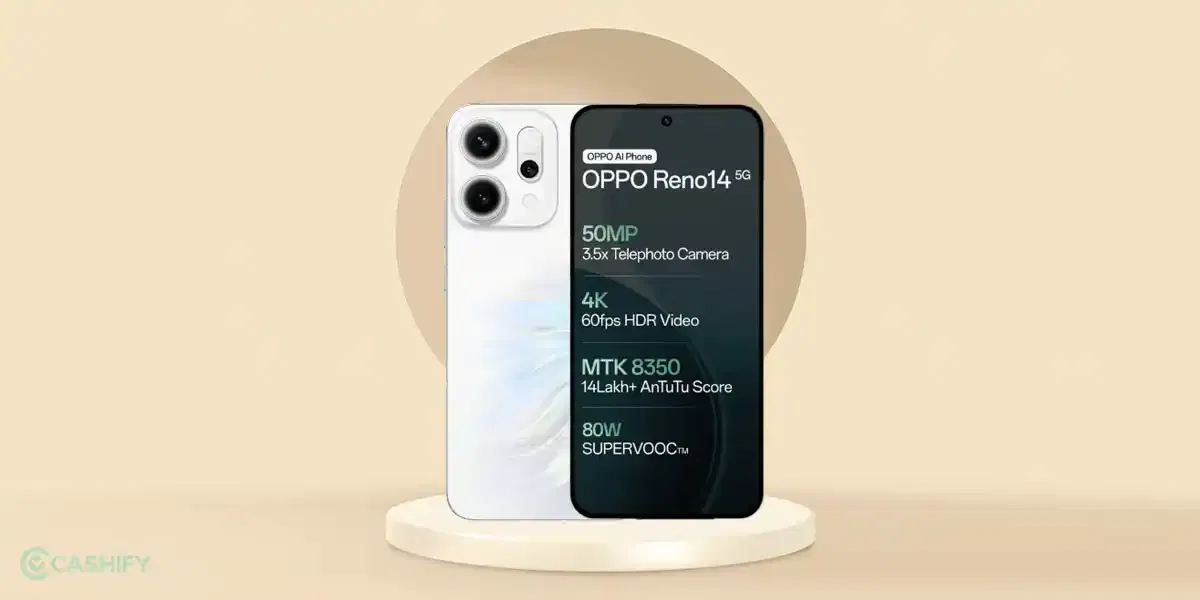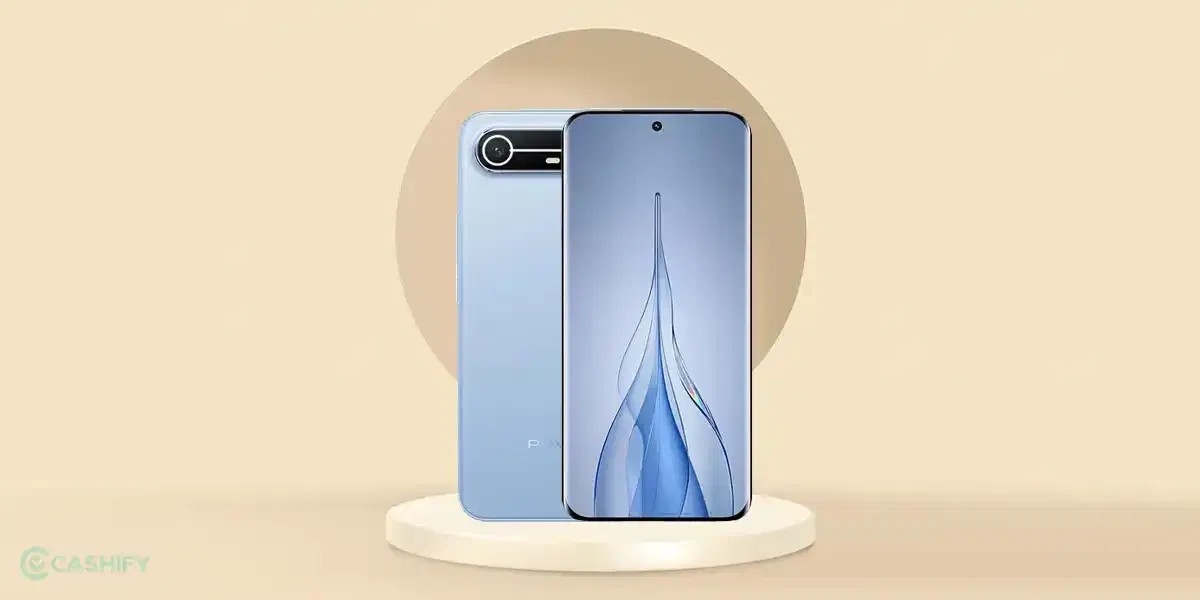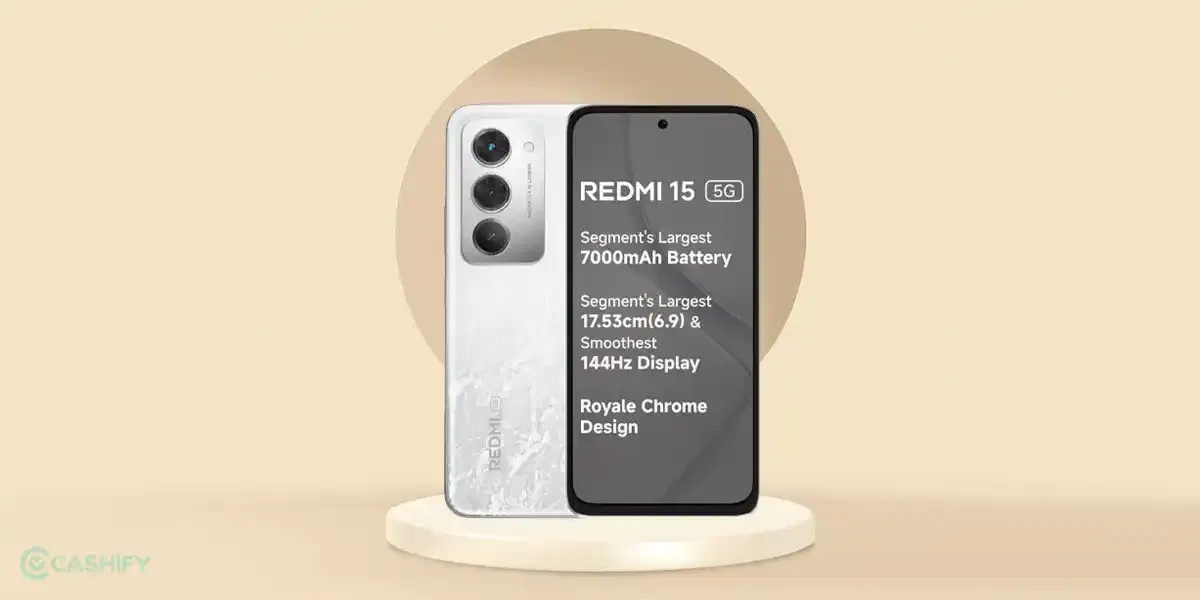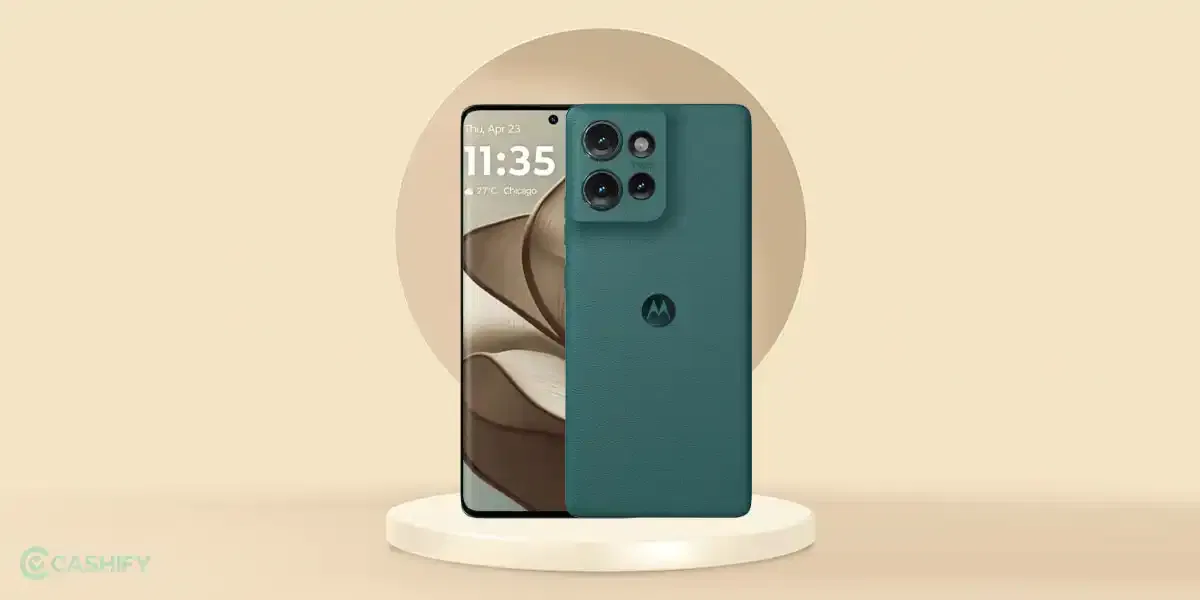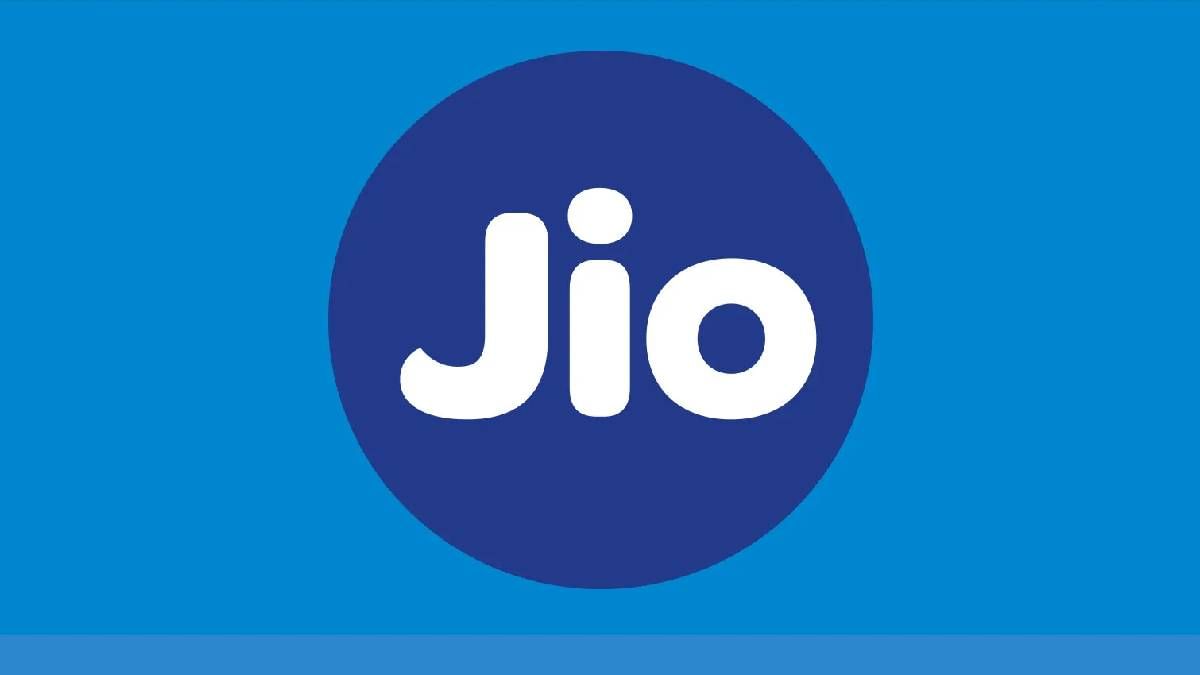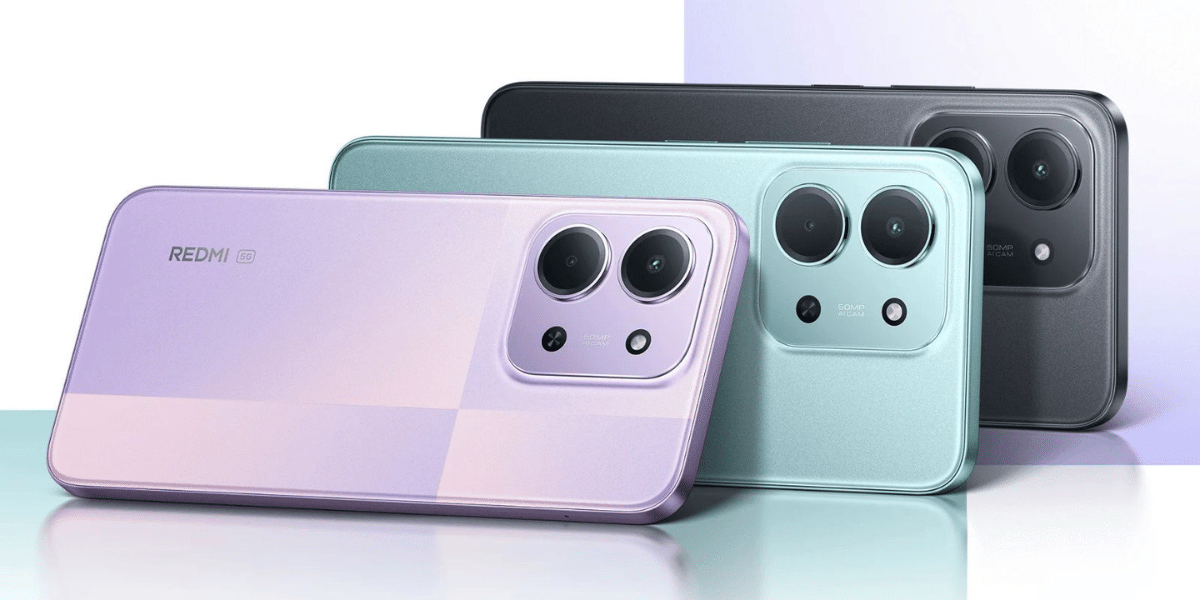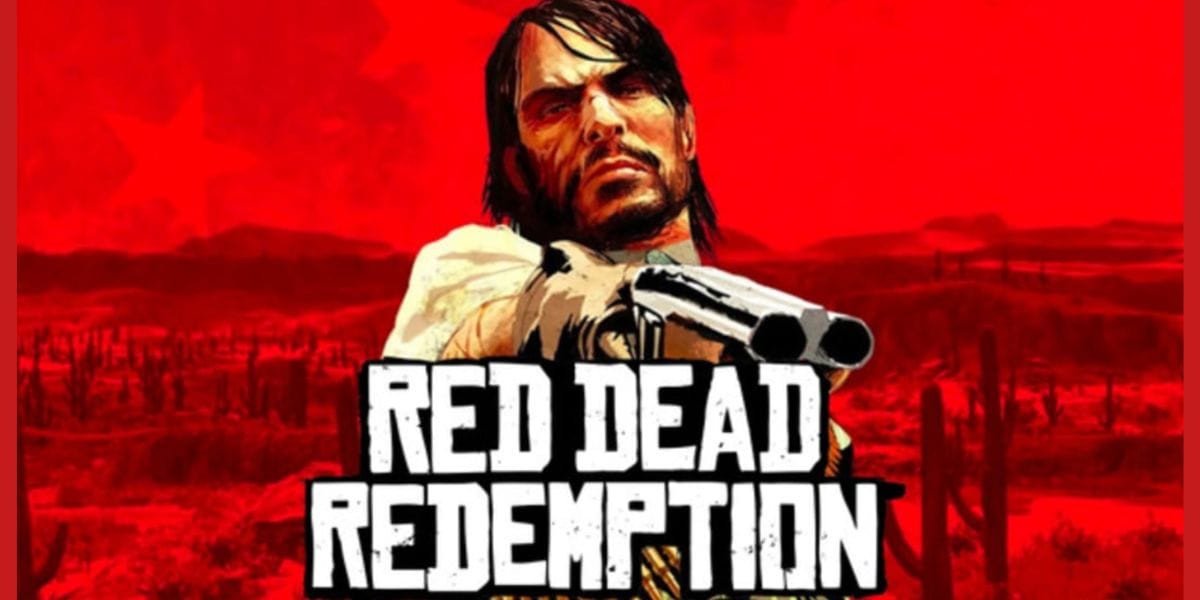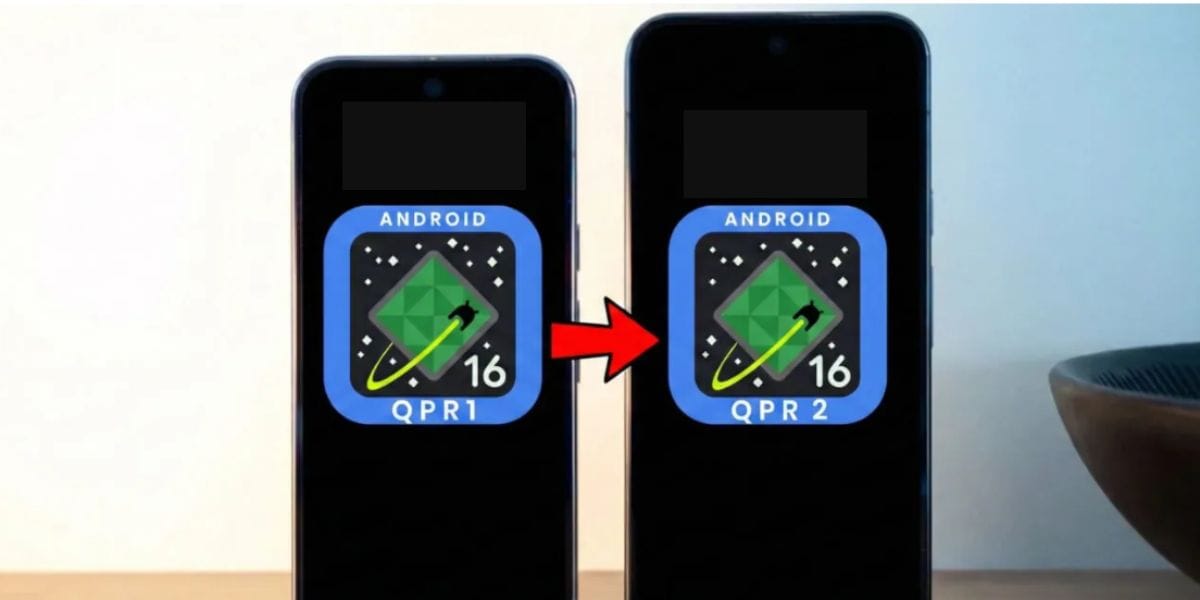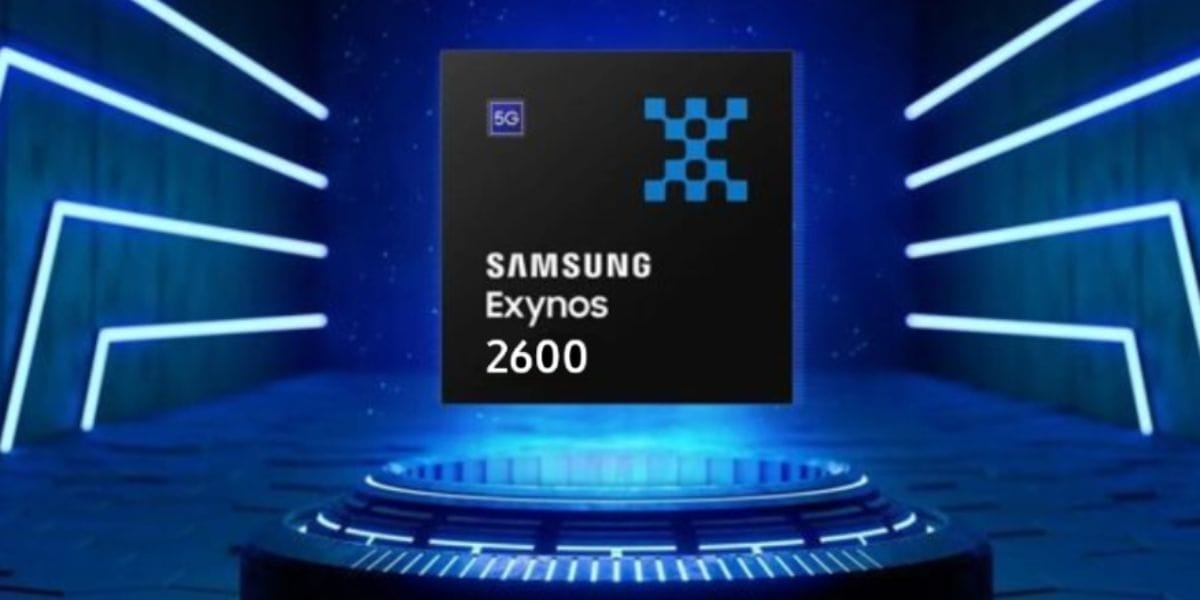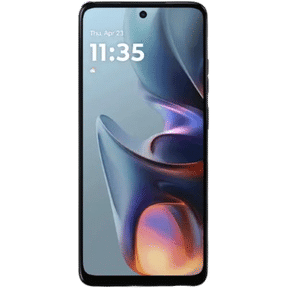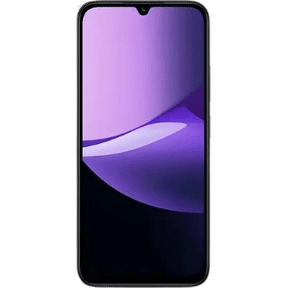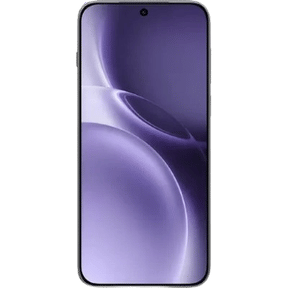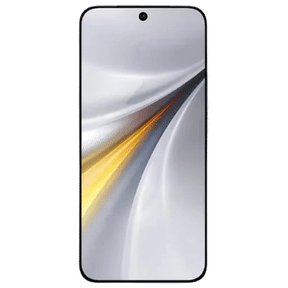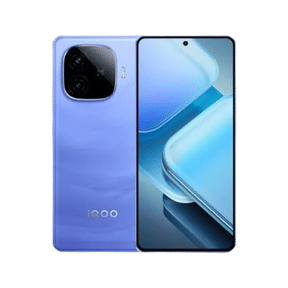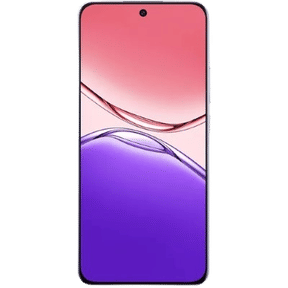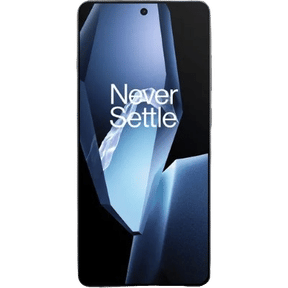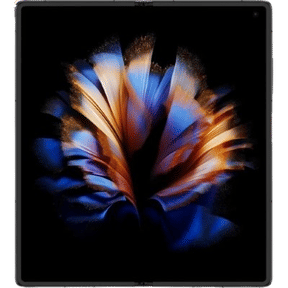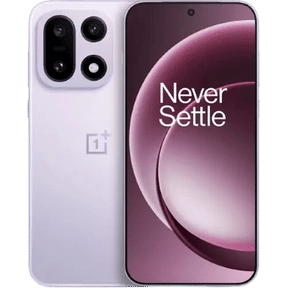At some point of exploring new smartphones, you must have wondered about AMOLED vs OLED display screens that these mobile brands tend to focus on. Having a sharper display with a good balance of vibrancy and colours is a desired feature now. So, comparing the two screen types only makes sense so that you can understand whether it’s worth a shot or not.
Today, we have comprehensively studied the significant display technologies available nowadays. We are talking about the AMOLED and OLED display technologies, their properties and their differences.
Also read: Best Smartphones with 120Hz refresh rate display
What Are OLED displays?
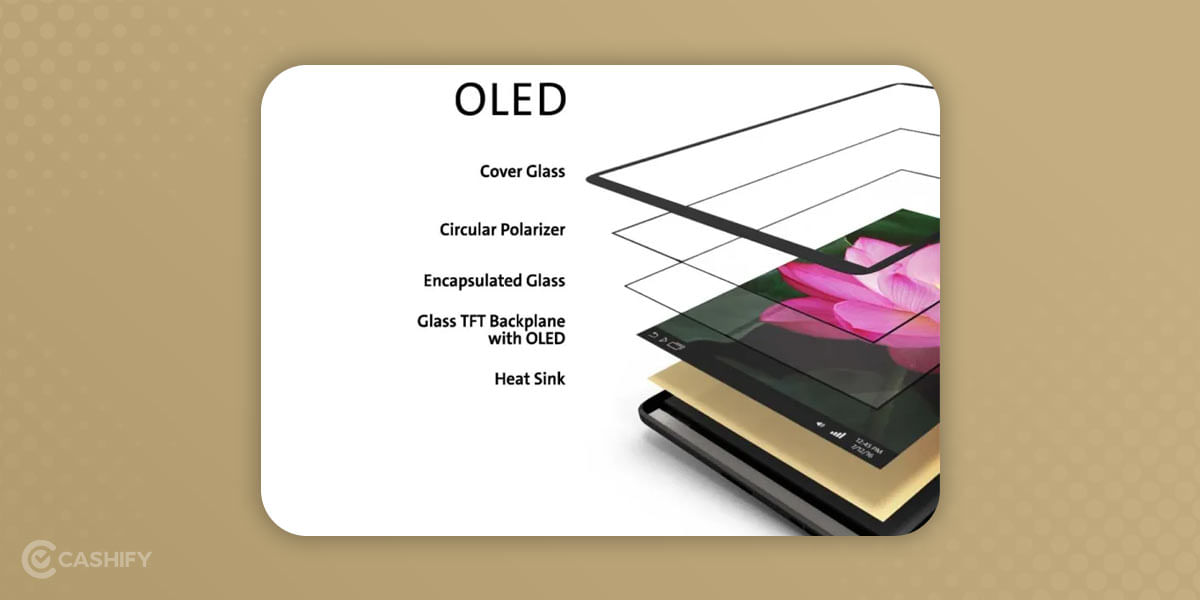
It stands for Natural Light-Emitting Diode, a type of LED technique that utilises LEDs wherein the light is of organic molecules that cause the LEDs to shine brighter. These organic LEDs are used to make what are considered the best display panels in the world.
| Topic | Info |
|---|---|
| OLED | Organic light-emitting display |
| Works | Pixels light up on their own |
| Pros | Deep blacks, bright colors, smooth |
| Bonus | Can be flexible |
| Used in | Phones, TVs, watches |
When you make an OLED display, you put organic films among two conductors to make them. As a result, a bright light comes out when electricity is used—a simple design with many advantages over other ways to show things.
OLEDs can be used to make emissive displays, which implies that each pixel can be controlled and emits its very own light. As a result, OLED displays have excellent picture quality. They have bright colours, fast motion, and, most importantly, very high contrast. Most of all, “real” blacks are the most important. The simple design of OLEDs also makes it easy to create flexible displays that can bend and move.
1. PMOLED (Passive Matrix OLED)
PMOLED stands for Passive Matrix Organic Light Emitting Diode. These devices are easy to find and much cheaper than other LEDs, but they cannot last long as their lifespan is very short. Therefore, this type of display is generally for small devices up to 3 inches.
2. AMOLED
AMOLED stands for Active Matrix Organic Light Emitting Diode. This type of display is generally for large platforms. It contains TFT, which further consists of a storage capacitor. It also works on the same principle as OLED displays.
| Advantages | Disadvantages |
|---|---|
| Shows clear and nice pictures | Doesn’t last as long as other screens |
| Cheaper to make | Colours may look different sometimes |
| Brighter than normal LED screens | Water can easily break the screen |
| Doesn’t need a backlight | |
| Works faster than regular LCD screens |
What Are AMOLED displays?
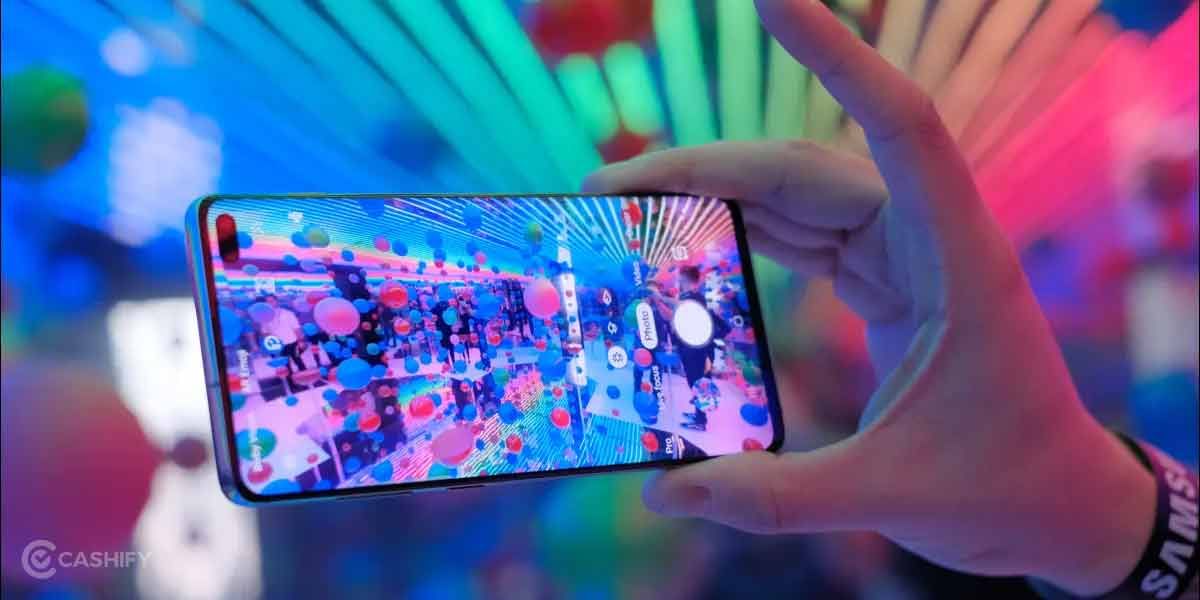
AMOLED has no size limitations and consumes less power than other display types. It gives high performance. This one is thinner, lighter, and more flexible than LED or LCD.
Samsung leads the AMOLED market. The Dynamic AMOLED 2X in the Galaxy S25 Series and Fold 7 supports HDR10+. It can also reach up to 3,000 nits brightness.
AMOLED is also used in:
- Smartphones
- Smartwatches
- Tablets
- TVs
- VR headsets
- Digital cameras
- Automotive displays
Also Read: Here’s How to Use Bitmoji in All OnePlus Phones
| Advantages | Disadvantages |
|---|---|
| Can be used in any size of display | Quality gets worse over time |
| Has faster refresh rate than PMOLED | Screen can get burn-in (image stays on screen) |
| Used in factories and industry | More expensive than other screen types |
| Shows better viewing angles than IPS LCD |
Also read: Replace your iPhone X screen at the best price
So far, we have discussed OLED and AMOLED display technologies. Now, we will look at some of the differences between OLED and AMOLED display technology:
Differences between AMOLED vs OLED Display Technology
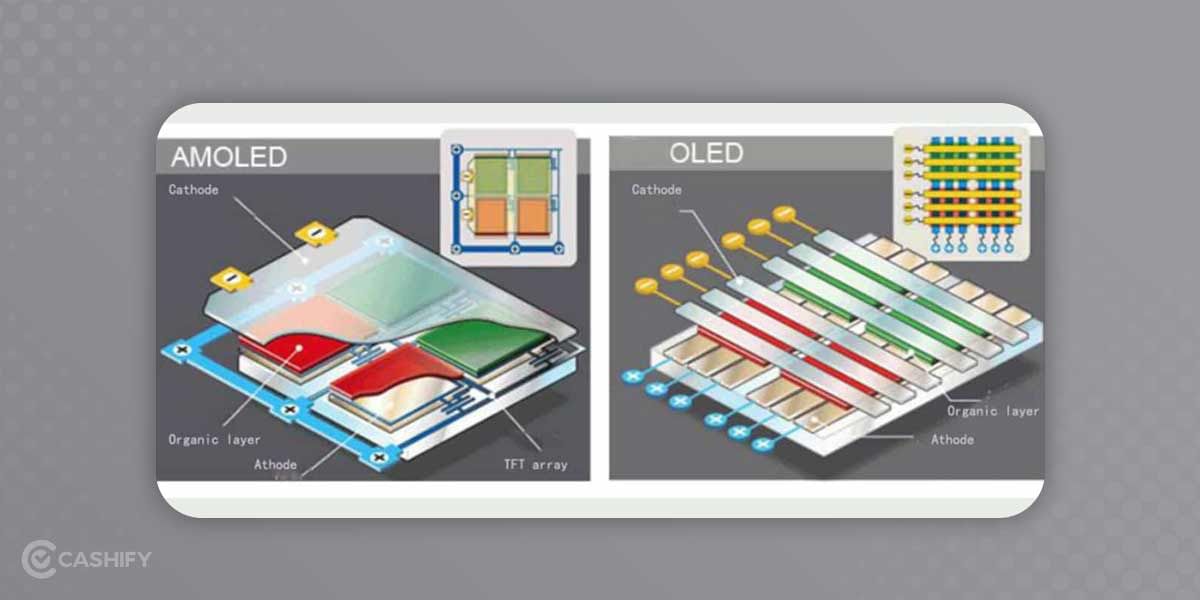
Here’s a table to quickly glance over the differences in AMOLED vs OLED:
| Aspect | OLED | AMOLED |
|---|---|---|
| Tech | Pixels emit their own light | OLED + TFT layer for pixel control |
| Evolution | Original tech | Improved, active matrix version |
| Display Quality | Deep blacks | Sharper, more vibrant |
| Sunlight View | Limited | Also limited |
| Flexibility | Less flexible | Highly flexible, supports curves/folds |
| Cost | Cheaper | More expensive |
| Layers | Protected by glass/plastic | Same + TFT layer for better control |
1. Technology – AMOLED vs OLED
OLED uses thin organic layers that emit light when current flows through them. It means that each pixel lights up individually. AMOLED adds a layer of thin-film transistors (TFTs). It also adds storage capacitors to control pixel states more precisely.
OLED came first. Samsung’s edge AMOLED and LG’s POLED use plastic substrates and poly-Si TFTs. This enables curved active-matrix OLED displays.
Also read: Different types of smartphone displays explained
2. Display – AMOLED vs OLED
OLED displays much deeper blacks than AMOLED displays. You cannot see the screen in an AMOLED display under direct sunlight. However, the AMOLED display quality is much better than that of OLEDs as it contains an additional layer of TFTs and follows backplane technologies.
AMOLED displays are much more flexible as compared to OLED displays. Hence, they are much more costly than OLED displays.
3. Working – AMOLED vs OLED
OLED devices are simple solid-state devices consisting of a thin layer of organic compounds in an emissive electroluminescent layer where electricity is generated.
These organic compounds are present between the protective layers of glass or plastic. Comparatively, AMOLED comprises an active matrix of OLED pixels along with an additional layer of TFTs. This extra layer is responsible for controlling the current flow in each pixel.
Also Read: How To Use Android Auto: A Step By Step Guide!
4. Contrast Ratio – AMOLED vs OLED
OLED displays can turn off each pixel completely. It gives very dark blacks and using less power. AMOLED screens are faster and show very bright colours with strong contrast. But they usually use more power than OLED.
5. Display size – AMOLED vs OLED
OLED displays are comparatively much thinner compared to LCDs. Hence, it provides more efficient and bright presentations. In addition, OLED offers support for large display sizes compared to traditional LCDs. AMOLEDs remove the limitation of display sizes. One can fit it into any display size.
POLED uses plastic, allowing it to bend more than regular OLED. POLED technology typically uses glass. AMOLED is another type of display. It has a special part that makes it work better. Phones like Samsung and OnePlus use AMOLED screens. LG manufactures POLED screens, as seen in the LG G8X ThinQ phone. Because POLED and AMOLED displays can bend, they are used in phones with curved or foldable screens.
Also read: Tempered Glass vs Plastic Screen protectors
So, based on the points mentioned above and the difference between OLED and AMOLED displays, you can choose any of the two display technologies at your convenience. Both are good, offer excellent performance, and can be customized according to your requirements.
AMOLED displays are of higher quality than OLEDs since they have an additional layer of TTs and use backplane technologies. Compared to OLED screens, AMOLED displays are far more flexible. As a result, they are substantially more expensive.
OLED vs AMOLED: Which Mobile Screen Is Better and Why
When it comes to mobile screens, AMOLED is generally better than OLED, though both are advanced and far superior to older LCD displays.
Let’s understand why AMOLED stands out — and in what cases OLED still makes sense.
Basic Difference
Both OLED and AMOLED use organic light-emitting diodes, meaning each pixel produces its own light.
This gives both technologies:
- Deep, true blacks (because black pixels turn off completely)
- Brilliant contrast
- Slim, flexible designs
But the key difference is that AMOLED adds an “Active Matrix” layer that controls pixels individually and faster — making it more advanced for mobile screens.
Why AMOLED Is Better for Mobiles
Mobile phones need speed, brightness, touch response, and energy efficiency — areas where AMOLED outperforms OLED.
a) Faster Touch Response
AMOLED screens react instantly to touch and gestures. This makes them perfect for gaming, scrolling, and smooth animations.
OLED is good, but AMOLED feels snappier — like comparing a regular car to a turbocharged one.
b) Better Outdoor Visibility
Under sunlight, AMOLED screens shine brighter and stay clearer, while OLED can look a bit dull.
So, for people who use phones outdoors often, AMOLED offers superior brightness and readability.
c) Supports Modern Features
AMOLED technology supports:
- Always-on display (clock/notifications even when locked)
- In-display fingerprint scanners
- Curved and foldable screens
These features are what make today’s premium smartphones feel futuristic — and they’re possible mainly because of AMOLED.
d) Energy Smartness
AMOLED screens manage power more intelligently — especially in dark mode.
They can turn off unused pixels and reduce battery drain, while still giving bright visuals when needed.
When OLED Still Makes Sense
While AMOLED is better overall, OLED can be a smart choice if:
- You’re buying a budget or mid-range phone
- You mostly use your phone indoors
- You want good display quality at a lower price
OLED still gives great colour contrast and is more affordable to produce, keeping phone prices lower.
The Verdict
| Feature | OLED | AMOLED |
| Brightness (Sunlight) | Moderate | Excellent |
| Touch Response | Good | Super Fast |
| Color Vibrancy | High | Even Higher |
| Battery Optimization | Efficient | Smarter & Adaptive |
| Advanced Features | Limited | Always-on, fingerprint unlock, curved screens |
| Price Range | Budget–Mid | Mid–Flagship |
Top 3 AMOLED Screen Phones in India (2025)
Here are some new phones with AMOLED screens that look great and work fast:
Samsung Galaxy S25 Ultra
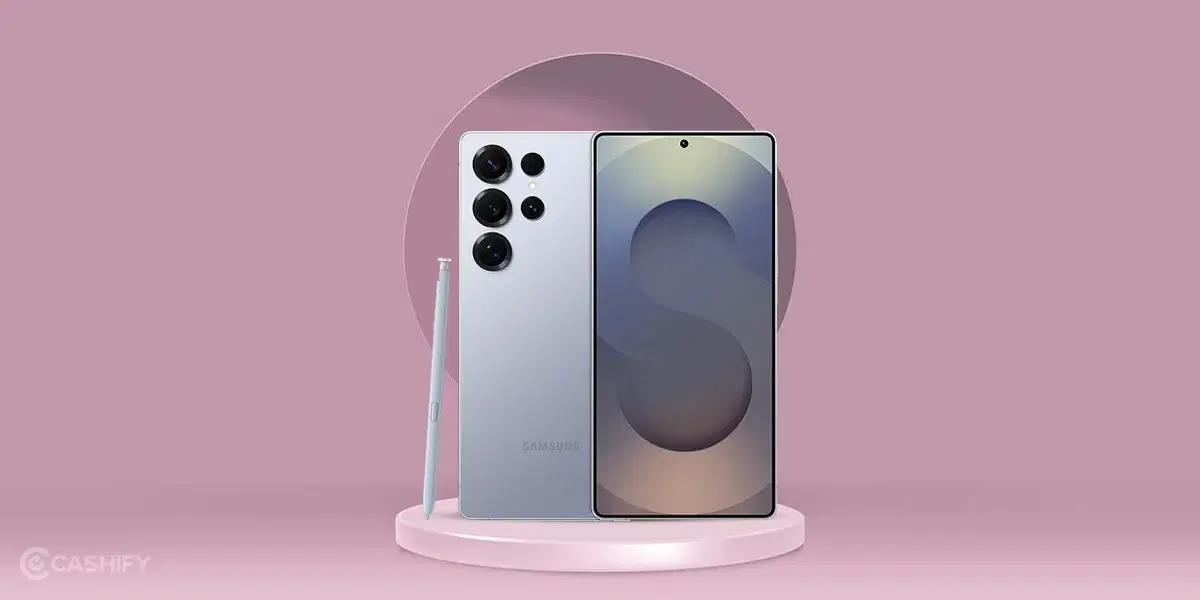
The Samsung Galaxy S25 Ultra has the 6.9-inch Dynamic AMOLED 2X, super smooth 120Hz, very sharp (3088×1440), very bright (up to 3,000 nits). It has the brightest AMOLED screen so far, with rich colours and less glare. It is amazing for watching videos or playing games. The phone has other features like:
| Feature | Details |
|---|---|
| Display | 6.9″ AMOLED 2X, 120Hz, 3088×1440, 3000 nits |
| Chip | Snapdragon 8 Elite |
| RAM | 12GB or 16GB |
| Cameras | 50MP main + zoom + wide + depth, 12MP front |
| Battery | 5,000mAh, 45W fast charging |
OnePlus 15

OnePlus 15 features a 6.78-inch LTPO AMOLED display with approx. 1.5K resolution and a blazing refresh rate of 165 Hz for ultra-smooth visuals. Because the refresh rate can go up to 165 Hz, animations, scrolling through apps, and playing games will feel extremely fluid compared to 60Hz or even 120Hz screens.
- OnePlus 15 is powered by the Snapdragon 8 Elite Gen 5 chipset for flagship-level performance.
- The new flagship from OnePlus features a 6.78-inch LTPO AMOLED display with approx. 1.5K resolution and a blazing refresh rate of 165 Hz for ultra-smooth visuals.
- It is wquipped with a 50 MP main camera, a 50 MP ultra-wide lens, and a 50 MP periscope telephoto lens (3.5× optical zoom) for top-tier photography.
- The phone comes with a 32 MP front camera that supports high resolution selfies and 4K video capture.
- Huge 7,300 mAh battery, paired with 120 W wired charging and 50 W wireless charging for long battery life and fast refuels.
- IP-rated build (dust & water resistance) and advanced connectivity (WiFi 7, Bluetooth 5.4, etc) to match its premium status.
Xiaomi 14T Pro
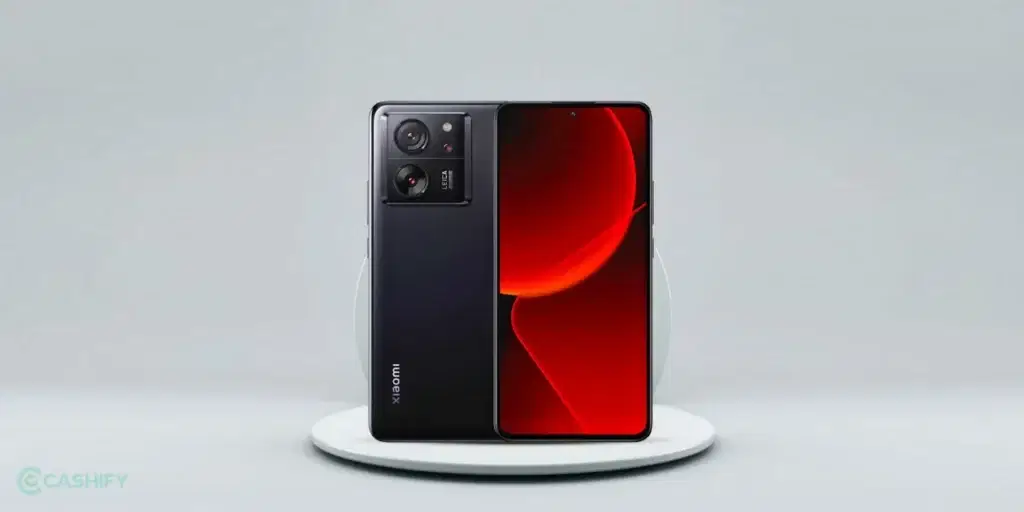
The Xiaomi 14T Pro has the 6.67-inch AMOLED, very smooth 144Hz, clear (2712×1220), very bright (up to 4,000 nits). The high refresh screen makes games and scrolling smooth. Other features include:
| Feature | Details |
|---|---|
| Display | 6.67″ AMOLED, 144Hz, 2712×1220, 4,000 nits |
| Chip | MediaTek Dimensity 9300+ |
| RAM | Up to 16GB |
| Cameras | 50MP main + wide, 12MP zoom, 32MP front camera |
| Battery | 5,000mAh, 120W super-fast charging |
Top 3 OLED Screen Phones in India (2025)
Apple iPhone 17 Pro Max
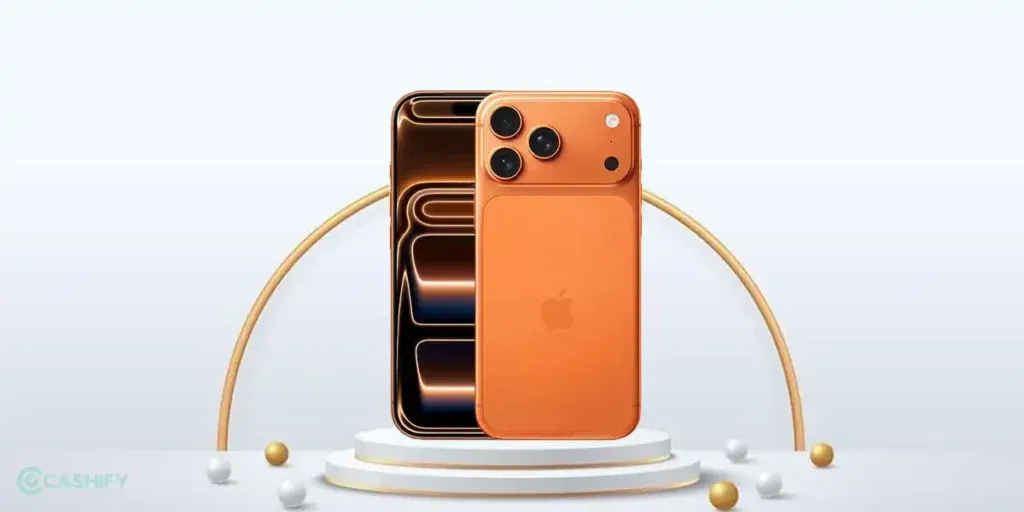
Apple iPhone 17 Pro Max features a 6.9-inch (17.42 cm) Super Retina XDR OLED display with a resolution of 2868 × 1320 pixels and a crisp pixel density of 460 ppi, offering stunning clarity, vibrant colours, and deep contrast. With ProMotion technology, the screen intelligently adapts its refresh rate up to 120 Hz, ensuring ultra-smooth scrolling and visuals.
It also supports Always-On Display and Dynamic Island, making key information visible even when the phone is locked. The display supports a peak brightness of up to 3,000 nits, making it easy to view even under bright sunlight, and offers a 2,000,000:1 contrast ratio for true blacks and lifelike colours.
- A19 Pro chip for ultra-fast performance and better power efficiency.
- 6.9-inch Super Retina XDR OLED, 120Hz ProMotion, Always-On, and Dynamic Island.
- Triple 48MP setup – main, ultra-wide, and telephoto lenses for pro-level shots.
- 18MP “Center Stage” camera with autofocus and AI enhancements.
- 5G, Wi-Fi 6E, and Bluetooth 5.4 support.
- Long-lasting battery with fast and MagSafe wireless charging.
Google Pixel 10 Pro
The Pixel 10 Pro has a 6.7-inch LTPO OLED screen, 120Hz refresh rate, QHD+ (2992×1344), and up to 3,000 nits brightness. The display looks amazing for photos and videos. Other features include:
- Tensor G5 chip,
- 50MP main + 48MP ultra-wide + 48MP telephoto cameras,
- 12MP front camera,
- 5,100mAh battery with 35W fast charging
Realme 14 Pro Plus
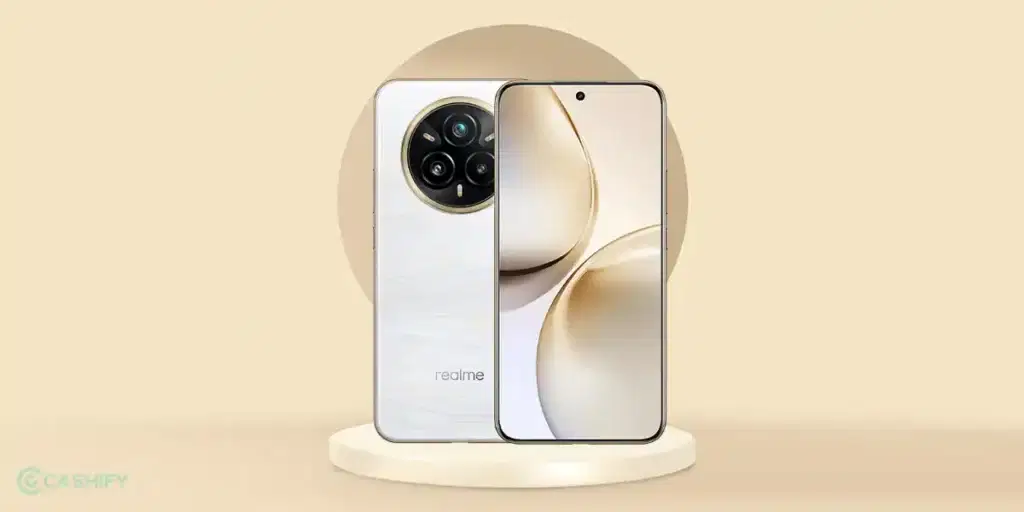
The Realme 14 Pro Plus has a 6.83-inch OLED screen, 120Hz refresh rate, Full HD+ (2400×1080), and bright (up to 2,000 nits). The display has good visuals at a lower price. Other features include:
- Snapdragon 7s Gen 3 chip,
- 8GB RAM, 50MP main + 8MP ultra-wide + 50MP telephoto cameras,
- 32MP front camera,
- 6,000mAh battery with 80W fast charging
Why Apple Prefers OLED?
Apple uses OLED screens in its iPhones (like the Apple iPhone 16 series) and calls them “Super Retina XDR” displays. Here’s why they stick with OLED:
| Reason | Details |
|---|---|
| Buys OLED screens | Apple buys screens, customizes them |
| Natural colors | Prefers realistic over overly bright colors |
| Battery saving | OLED + Apple’s chips = better power efficiency |
| No “AMOLED” name | “AMOLED” is Samsung’s term; Apple avoids it |
| Simple branding | Uses “Super Retina XDR” for unique, clear naming |
Why Samsung Prefers AMOLED?
Samsung uses AMOLED in its phones (like the Samsung Galaxy S25 Ultra) and has been pushing it for years. Here’s why they love it:
| Reason | Details |
|---|---|
| They made it | Samsung invented and manufactures AMOLED |
| Bright & colorful | Great for games and videos |
| Battery saving | Turns off black pixels to use less power |
| Feature-friendly | Works well with things like Always-On Display |
| Ad appeal | “AMOLED” sounds high-tech and impressive in marketing |
Use Cases: When to Choose AMOLED or OLED
AMOLED and OLED are two types of screens you see in devices like phones, TVs, and smartwatches. They’re similar but have some differences that make them better for certain things. Let’s break it down in simple English and explain when you’d pick one over the other, plus what’s coming next for these technologies.
Smartphones and Tablets
Best Choice: AMOLED
- Why? Phones and tablets need awesome screens that look bright and colorful, plus they need to save battery since you use them all day. AMOLED is great for this.
- What’s AMOLED? It stands for “Active Matrix Organic Light-Emitting Diode.” It’s a type of OLED that lights up each tiny dot (pixel) on the screen on its own. This means it can turn off parts of the screen to show pure black and save power.
- Why it’s better here: AMOLED screens look amazing with deep blacks and bright colors. They’re perfect for fancy phones (like flagship models) where people don’t mind spending extra for the best quality. For example, watching videos or scrolling Instagram looks sharper and more vivid. Plus, turning off pixels saves battery when you’re using dark mode or watching something with lots of black.
- Compared to OLED: Regular OLED is good too, but AMOLED has better control over each pixel, so it’s more efficient and looks a bit nicer on small screens like phones.
Televisions
Best Choice: OLED (but AMOLED for some cases)
- Why OLED for TVs? OLED TVs are awesome for watching movies or shows at home. They give you super clear pictures with perfect blacks (because each pixel can turn off) and great colors. This makes them a top pick for a home theater setup where you want everything to look stunning.
- What’s OLED? It’s “Organic Light-Emitting Diode,” a tech where tiny lights make the picture. Unlike old TVs with a backlight, OLED doesn’t need one—each pixel glows by itself.
- When AMOLED wins: If you’re a gamer or watch stuff with lots of still images (like news channels with logos), AMOLED might be better. It can handle faster screen refreshes (how quick the picture updates), which is great for gaming. Also, AMOLED is less likely to get “burn-in”—that’s when a ghost image sticks on the screen from showing the same thing too long (like a game’s health bar).
- Details: Most TVs today use OLED, not AMOLED, because OLED is cheaper to make big. But if AMOLED TVs grow in popularity, they could take over for gamers or people worried about burn-in.
Wearables (like Smartwatches)
Best Choice: AMOLED
- Why? Smartwatches are tiny, and their screens need to save power while still being easy to see—whether you’re in the sun or a dark room. AMOLED is perfect for this.
- How it helps: On a smartwatch, AMOLED can turn off most of the screen (like the black background) and just light up the time or your steps. This saves battery big time. Plus, the colors pop, and it’s clear even in bright light.
- Example: Think of a watch face with a black background and white numbers—AMOLED makes the black truly dark (not gray) and uses less power than OLED would.
- Compared to OLED: Regular OLED works fine, but AMOLED’s extra control makes it more efficient for small devices you wear all day.
How to Check if Your Phone Has an AMOLED Display
Not sure if your phone has an AMOLED screen? Here are some easy ways to find out:
1. Look at the Blacks on Your Screen
Open a dark image or a black wallpaper.
- If the black parts look truly black (like they’re off completely), it’s probably an AMOLED display.
- If the black parts look dark grey or glow slightly, it’s likely not AMOLED (it may be LCD or basic OLED).
AMOLED screens turn off individual pixels when showing black — that’s why blacks look perfect and save battery.
2. Check Pixel Lighting
In a dark room, play a video with some bright areas (like stars on a black background).
- On AMOLED screens, only the stars will glow — the rest of the screen stays pitch black.
- On LCD screens, the whole screen gives off a faint light.
This is a quick visual clue!
3. Use a Flashlight Test
Turn off your phone completely.
Shine a small flashlight on the screen:
- If the screen reflects light like a mirror, it’s LCD or basic OLED.
- If it looks deep black and doesn’t reflect much, it’s most likely AMOLED (because it doesn’t have a separate backlight).
4. Check in Settings or Manual
Go to your phone’s Settings → About Phone → Display (or check your user manual/brand website).
You’ll usually see something like:
- “AMOLED”
- “Super AMOLED”
- “Dynamic AMOLED”
- “Fluid AMOLED”
If you see any of these terms, your phone definitely has an AMOLED display.
Future Trends: What’s Coming for AMOLED and OLED?
OLED Advancements
Let’s check out some OLED Advancements
| Technology | Meaning | Devices |
|---|---|---|
| MicroLED | Shows deep blacks, is very bright, and lasts a long time. | Expensive TVs and monitors |
| Flexible Displays | Can bend or roll because they are made with soft OLED materials. | Foldable phones like Pixel Fold 2, more coming in 2025–2026 |
AMOLED Advancements
Let’s check out some AMOLED Advancements
| Feature | Meaning | Devices |
|---|---|---|
| Higher Resolutions | Screens are sharper than 4K. | VR and AR headsets |
| Integrated Sensors | Cameras and fingerprint scanners are hidden under the screen. | Phones like Galaxy S25 |
| Eco-Friendly | Screens made in a way that helps the environment. | Samsung screens coming in 2026 |
Also Read: OPPO Reno8 Review – Stylish Looks With Capable Camera
Conclusion: AMOLED vs OLED
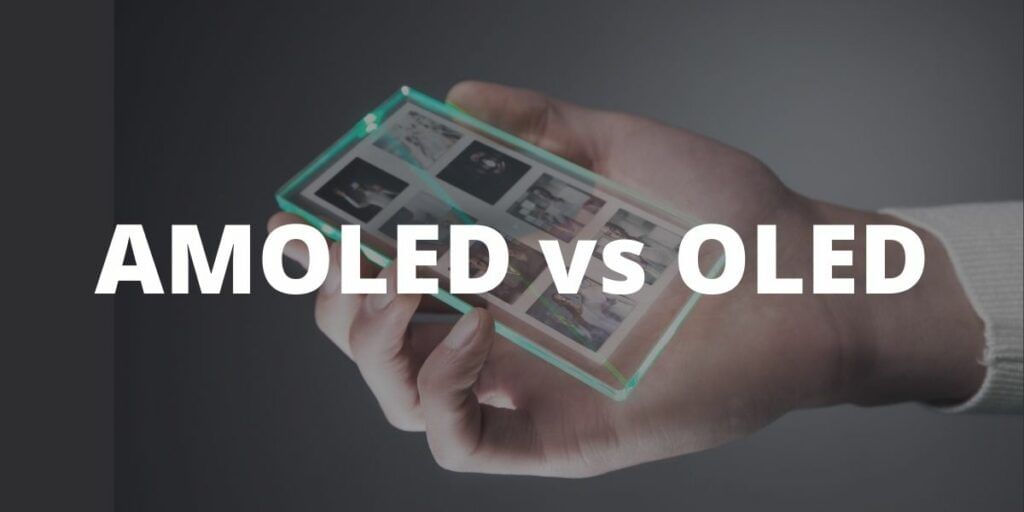
It’s amazing how fast the display technology is changing. People are also more aware of the kind of display they want in their phones. As a result, brands also try to give their customers the best. In the end, I can only say that OLED is surely more advanced and lot of brands prefer this over AMOLED. But, AMOLED is also a decent and more budget-friendly option.
FAQs
Is AMOLED better than OLED for phones?
AMOLED is better for phones because it works faster. This technology saves battery and can bend for curved screens.
How are OLED, AMOLED, and MicroLED different?
OLED and AMOLED show deep blacks and clear pictures. MicroLED is brighter and lasts longer. But it is expensive. AMOLED is best for phones. OLED is good for TVs.
Does Samsung use OLED or AMOLED?
Samsung uses AMOLED in its phones. These screens have bright colours and are very clear.
Why does Apple use OLED and not AMOLED?
Apple uses OLED from Samsung and LG. They change it to show better colours and save battery. They don’t call it AMOLED.
Which screen is better for your eyes?
AMOLED and OLED are better for your eyes in the dark because they show true black and less blue light. LCD screens can be better outside in bright light.
What is the future of phone screens?
In the future, phone screens will be more flexible and brighter. They will have hidden cameras and sensors for a smooth look.
If you’ve just bought a new phone and don’t know what to do with your old phone, then here’s your answer. Sell old mobile to Cashify and get the best price for it. If you are planning to buy a new phone, check out Cashify’s refurbished mobile phones. You can get your favourite phone at almost half price with six-month warranty, 15 days refund and free delivery.




